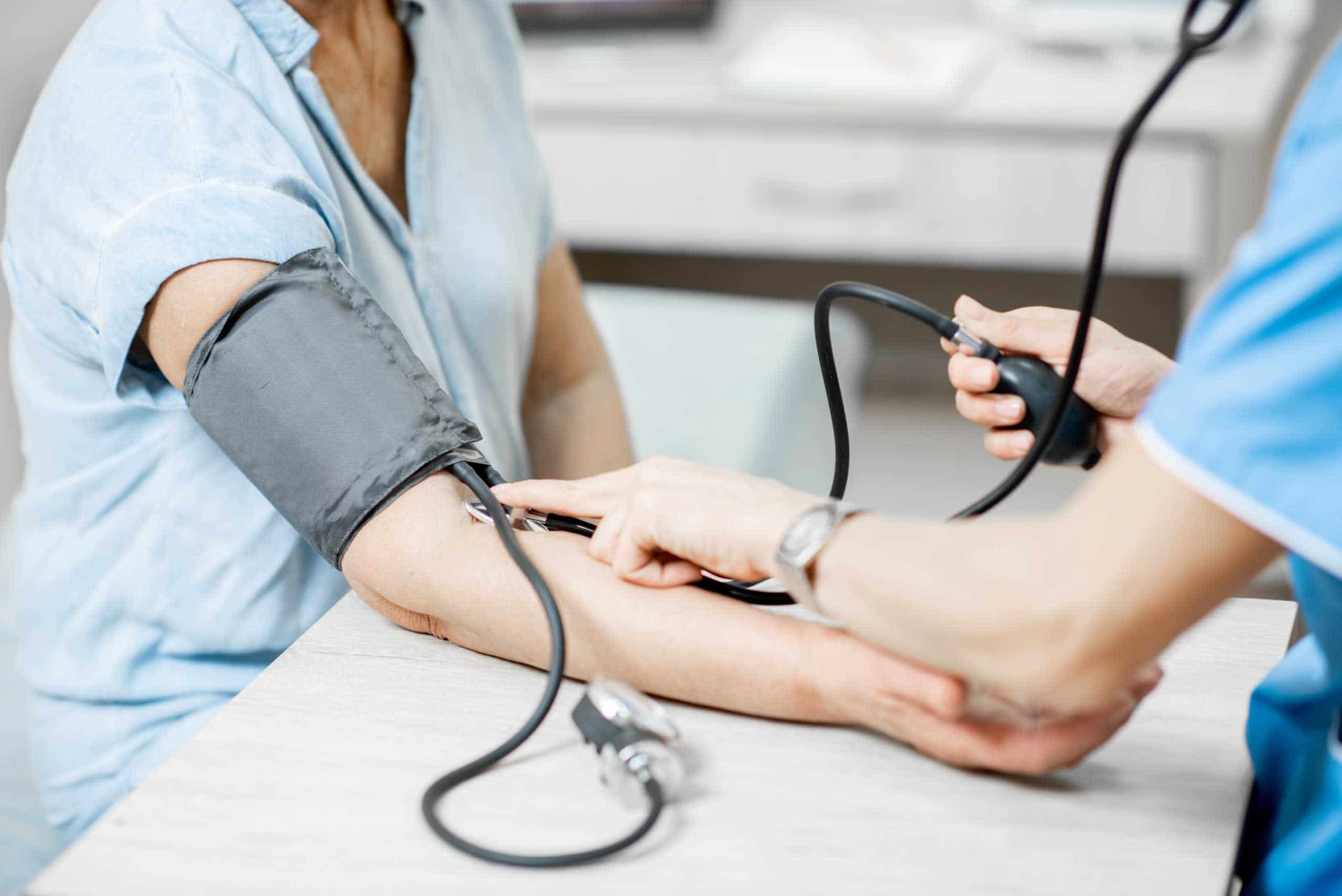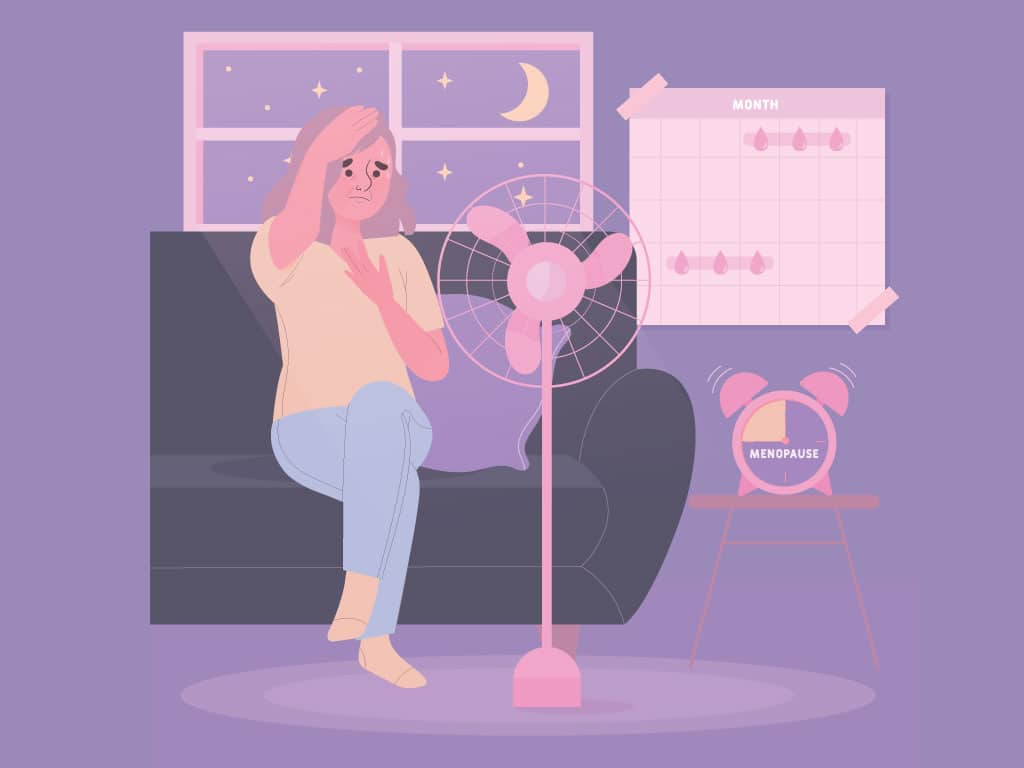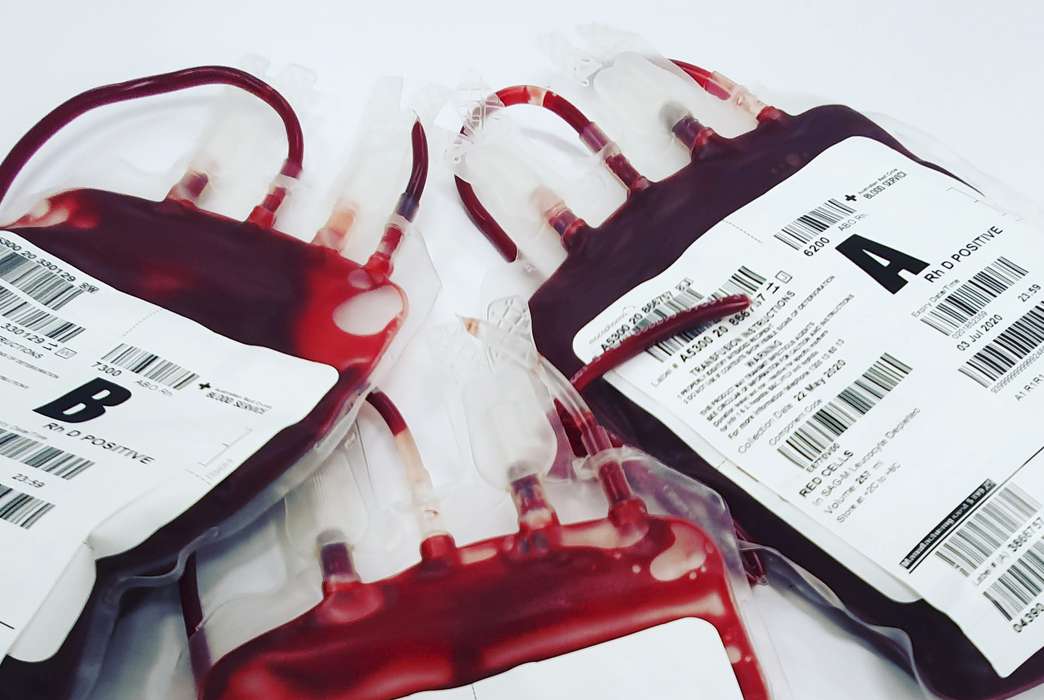Most attempts at improving blood pressure-monitoring devices have been variations of the inflatable cuffs that compress patients’ arms. But a new device developed by researchers at the California Institute of Technology could provide accurate, ongoing and noninvasive measurements of “absolute” blood pressure — all without the cuff’s familiar yet unpleasant squeeze.
“One of the questions I always get from my patients in the emergency department is, ‘When can I take this cuff off?’ They hate having that regular compression,” said lead researcher Alaina Ann Brinley Rajagopal, an emergency medicine physician in California. “So, I imagine people wouldn’t necessarily enjoy having that on their wrist long term. We think that’s one of the advantages of our technology, that there’s not this annoying compression.”
In a patent application published March 18, the wearable device is described as using ultrasound to calculate a patient’s blood pressure by measuring the radius, resonant frequency and wall thickness of blood vessels. In an interview with The Academic Times, the inventors of the device said that the technology could provide more comprehensive information than anything currently available for patients who aren’t already direly ill.
“Right now, the only way to get true blood pressure is with an invasive arterial catheter; you literally have to stick a catheter into somebody’s arteries to figure out what their actual blood pressure is,” Rajagopal said. “Otherwise, the cuff is just a gauge of what blood pressure is. We thought we could do noninvasive, continuous blood pressure monitoring using ultrasound.”
The ability to comprehensively measure blood pressure for all types of patients would provide a trove of data, helping medical researchers better understand the relationship
between blood pressure and a range of health conditions.
“We don’t have just the two numbers from the cuff, we have an entire waveform,” said Yaser Abu-Mostafa, a longtime professor at CalTech who helped develop the device. “Clearly there’s tons of information hidden in that waveform, it’s just not used because we have very little data on it.”
The idea came from Rajagopal’s experiences as a medical student and resident in countries such as Kenya, Brazil, Nepal and the Philippines, where she felt limited in her ability to care for patients due to the lack of diagnostic equipment.
“So, I found myself thinking, man, I wish I had a tricorder,” Rajagopal said. “I don’t know if you remember the tricorder from Star Trek, but you basically just wave it over a patient and you get an answer, which would be amazing.”
She started workshopping ideas with Aditya Rajagopal — her husband, a visiting faculty member at CalTech and a researcher involved with the project — and concluded that ultrasound could provide a wide variety of diagnoses. But a practical hurdle emerged: Ultrasound has a steep learning curve and using it requires specialized training.
They turned to Abu-Mostafa, a renowned machine-learning specialist, to help make ultrasound more user-friendly. The team decided to start small rather than developing a full fledged tricorder.
In addition to recalibrating itself, the blood pressure monitor would provide continuous measurements in emergency situations or when a patient is being administered intravenous drugs.
“For somebody having a stroke, for example, we really need to know what their bloodpressure is every second,” Alaina Ann Brinley Rajagopal said. “Continuous blood pressure isabsolutely critical.”
Uninterrupted data — versus the blip provided by the pressurized cuff — would also beadvantageous in terms of understanding a patient’s long-term health, she noted.
“For patients at home, they’ll come to the emergency department and say, ‘I noticed myblood pressure was high for me: 200 over 90.’ In the emergency department, it will be 140over 70, and we’ll say, ‘Well, there’s not a lot I can do now. Keep track of your blood pressureand note what time it happened,'” Rajagopal said. “For this patient at home, this ability totrack blood pressure on a beat-to-beat basis and take a graph to their doctor will really helpthem understand what medications they need to start.”
In the future, the researchers envision applications beyond blood pressure monitoringthrough the development of a true tricorder-type device capable of multiple diagnostics. Tothat end, the researchers are adapting the technology for a similar invention that will detectblood clotting via ultrasound.
But for now, they’re mostly focused on perfecting the first device and conducting a clinicaltrial they believe will demonstrate its effectiveness.
“The goal is to improve medical care and medical diagnostics for people living in rural Kenya, or astronauts on the surface of Mars, or us sitting in Northern California,” Rajagopal said. ”These technologies have a huge range of applications and I think the way we’re looking at these problems will allow us to improve medical care for people globally.”
The application for the patent, “Blood pressure measurement apparatus and methods of use thereof,” was filed Sept. 14, 2021, to the U.S. Patent and Trademark Office. It was published March 18, 2021 with the application number 17/020740. The earliest priority date was Sept. 13, 2020. The inventors on the pending patent are Aditya Rajagopal, Dominic Yurk, Yaser Abu-Mostafa and Alaina Ann Brinley Rajagopal. The assignee is the California Institute of Technology.
The article, “No-cuff blood pressure monitor could provide doctors beat-to-beat data”, written by Howard Hardee, was initially published by The Academic Times on April 11, 2021. Parola Analytics provided technical research for this story.






